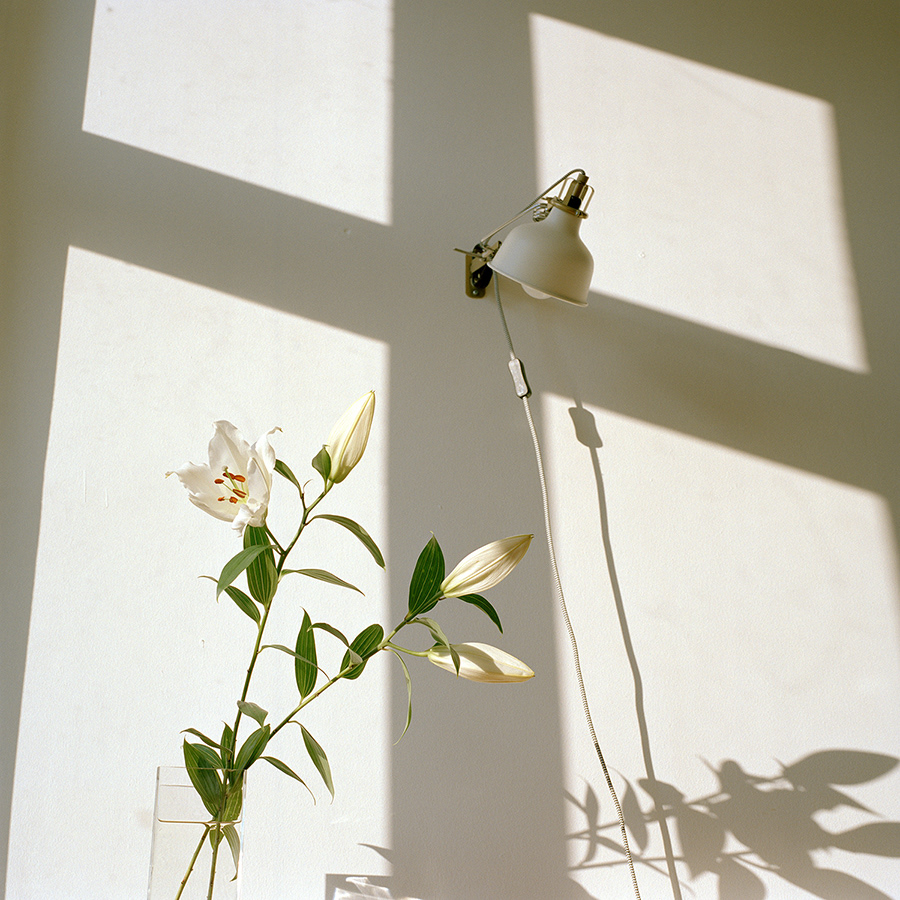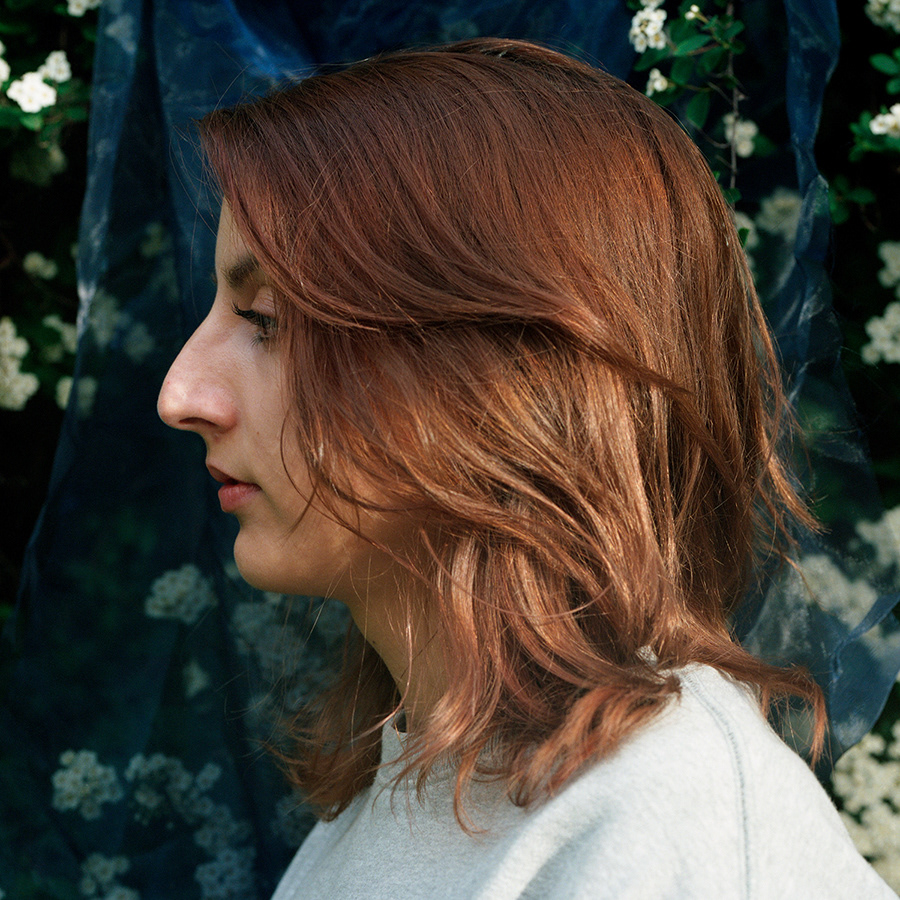

In Yuko Nakajima’s The Trinity - place, community and spirituality - , she borrows the Trinity dogma from Roman Catholicism – the Father, the Son and the Holy Spirit and transforms it into the real yet mystic apparitions of her subjects.
The Father, Son and Holy spirit are three beings in one and one being expressed in the Godly, the human and the spiritual. Likewise, the women in her portraits, the images of the material environment and the photographed spiritual, blurred and there but not there create one holistic vision of the “silence”.
The Father, Son and Holy spirit are three beings in one and one being expressed in the Godly, the human and the spiritual. Likewise, the women in her portraits, the images of the material environment and the photographed spiritual, blurred and there but not there create one holistic vision of the “silence”.
The portraits echo religious paintings, elevating the women to Goddesses, community sometimes holding the backgrounds to allow this elevation, the punctuating blurred environment infusing the portraits with a deepened vision of the women and their spirits. Place, Community and Spirituality are the three entities expressed in one and each portrait and each portrait suggests all three, assisted by the material which drenches the mere image of each woman into a physical and spiritual whole. A reverential presentation using the light and shadow of belief encompassed in the ‘silence’ of church.
中島ゆう子の作品『The Trinity - place, community and spirituality - 』は、ローマ・カトリックの「父」「子」「聖霊」という三位一体の教義を引用し、それを「実在しながらも神秘的な、幻影のような被写体」へと変容させている。「父」「子」「聖霊」は一つの中の三つの存在であり、「神的なもの」「人間的なもの」「霊的なもの」で表現される。
同様に、ポートレートに写る女性たち、物質的な環境のイメージ、また写真に撮られた霊的な、ぼやけた、そしてそこに在るがそこには存在しないものは、「静けさ」という全体論的視点を創造する。同時にそれらは、「見えないもの」を作り出す姿勢であり、ぐんと、私たちを女性たちの方へと引き寄せる。
ポートレート作品は宗教画を彷彿とさせ、女性たちを神格化させている。この見え方を可能にした理由の一つとして、背景に共同体が在り、「ぼやけた環境」を点々と間に差し込むことによって、彼女たち自身の精神がポートレートに吹き込まれ、それをさらに深くイメージすることができるからであろう。「Place」「Community」「Spirituality」という3つの存在は各々のポートレートの中で表現され、女性たちのまじり気のないイメージは身体と精神の全体に染み込まされ、それらの要素から成り立つ各々のポートレートは、この3つの存在である「Place」「Community」「Spirituality」を示唆し、教会のような「静けさ」に包まれ、信仰の光と影を用いた敬愛に満ちた作品となる。
同様に、ポートレートに写る女性たち、物質的な環境のイメージ、また写真に撮られた霊的な、ぼやけた、そしてそこに在るがそこには存在しないものは、「静けさ」という全体論的視点を創造する。同時にそれらは、「見えないもの」を作り出す姿勢であり、ぐんと、私たちを女性たちの方へと引き寄せる。
ポートレート作品は宗教画を彷彿とさせ、女性たちを神格化させている。この見え方を可能にした理由の一つとして、背景に共同体が在り、「ぼやけた環境」を点々と間に差し込むことによって、彼女たち自身の精神がポートレートに吹き込まれ、それをさらに深くイメージすることができるからであろう。「Place」「Community」「Spirituality」という3つの存在は各々のポートレートの中で表現され、女性たちのまじり気のないイメージは身体と精神の全体に染み込まされ、それらの要素から成り立つ各々のポートレートは、この3つの存在である「Place」「Community」「Spirituality」を示唆し、教会のような「静けさ」に包まれ、信仰の光と影を用いた敬愛に満ちた作品となる。